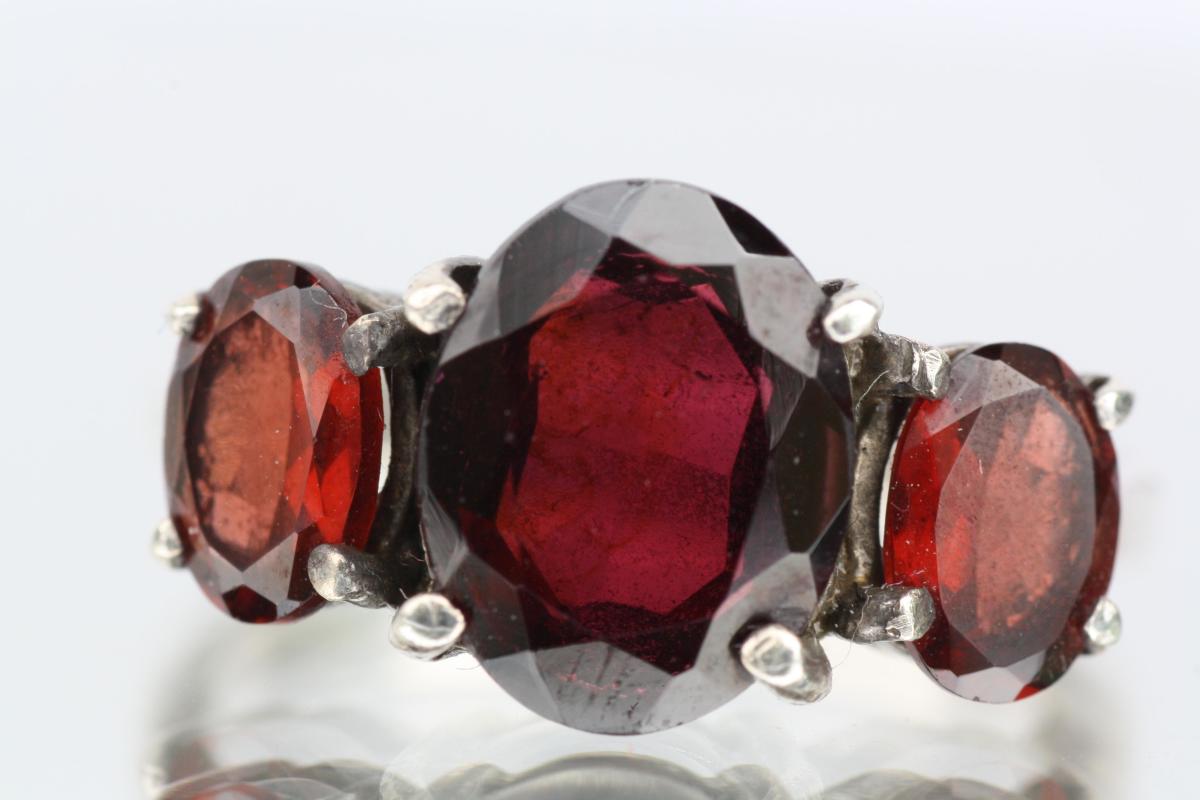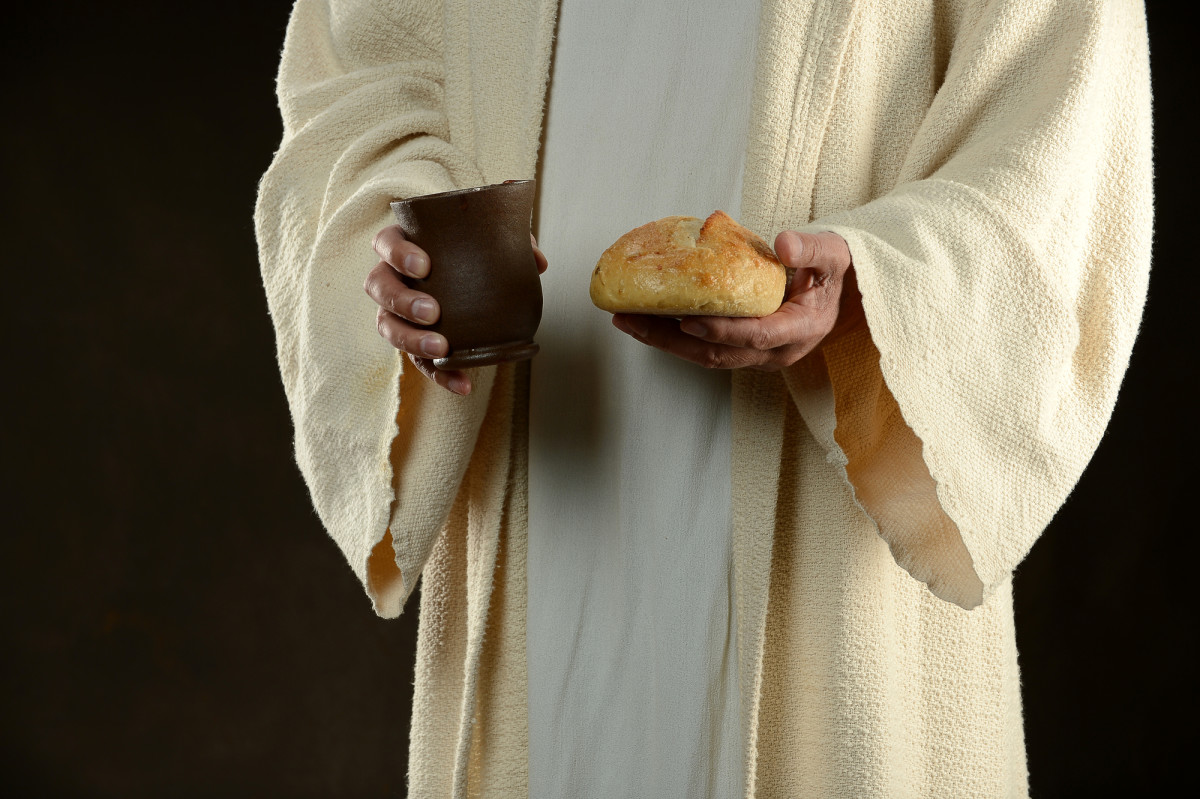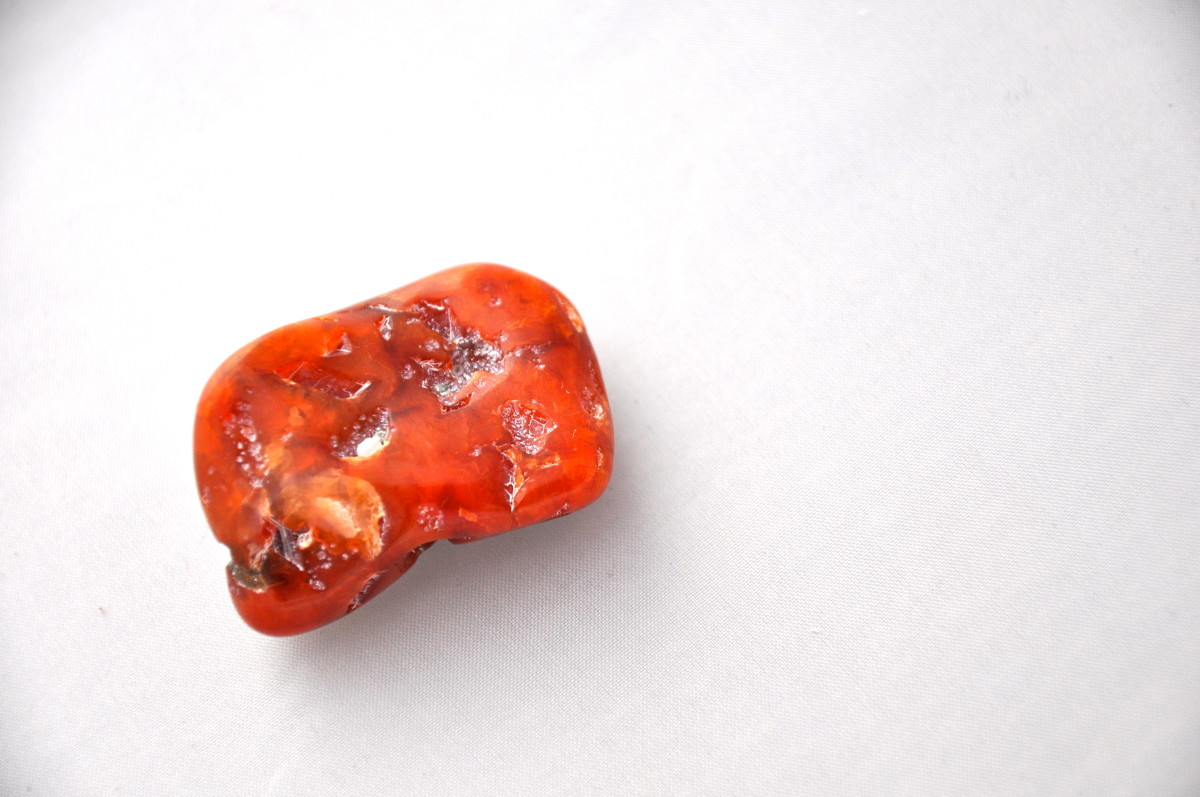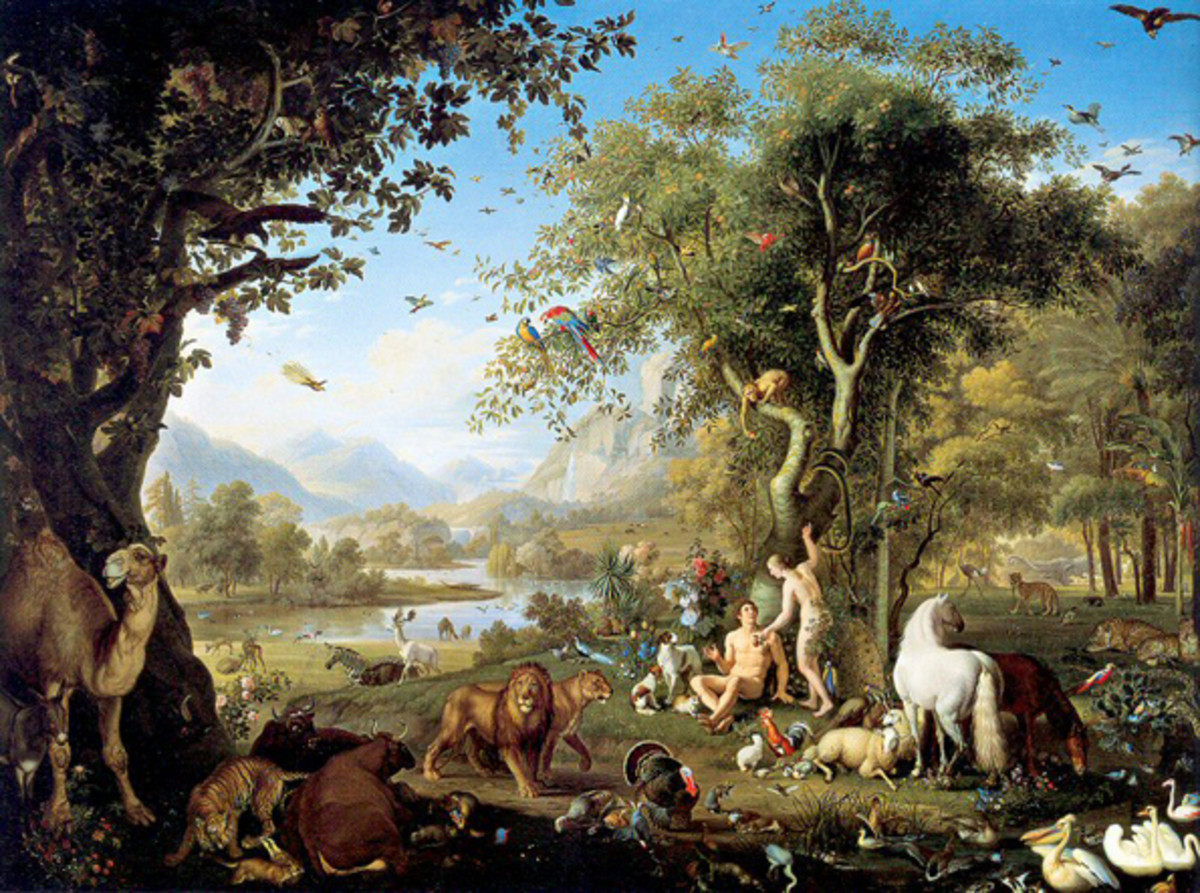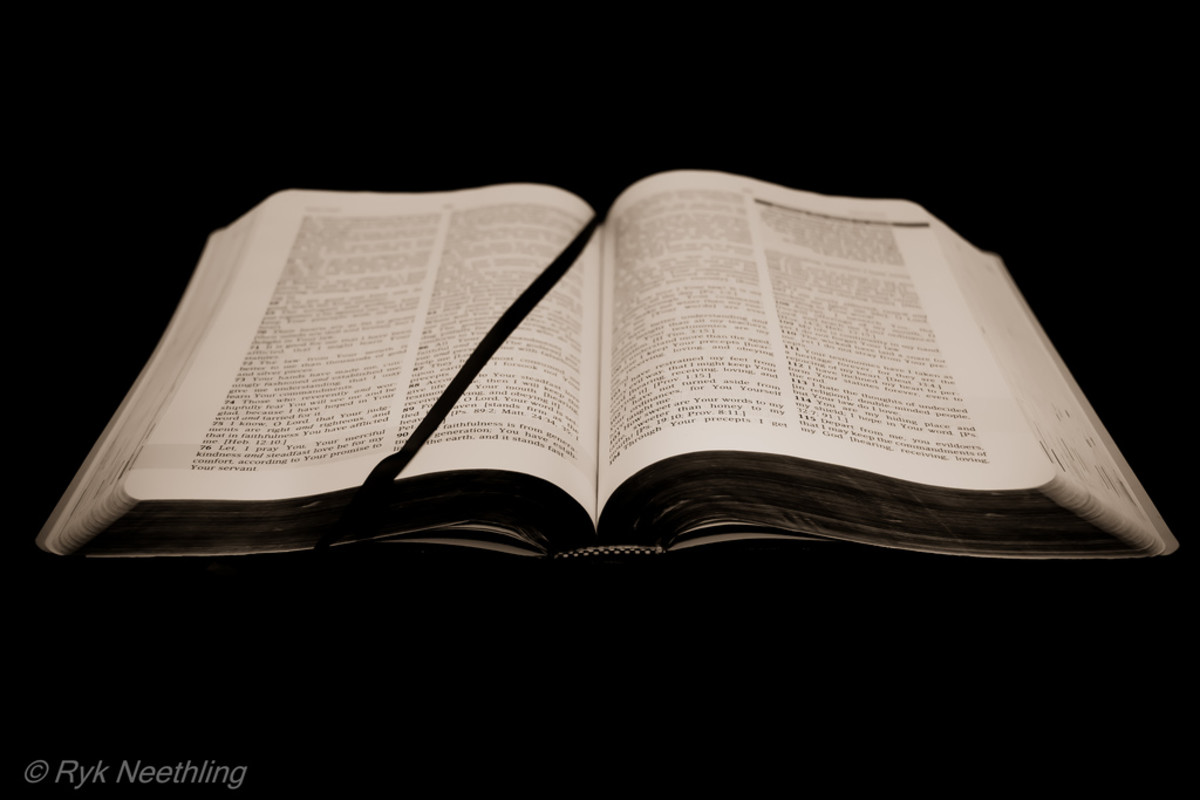Chrysoprase - The Third Stone in Aaron's Breastplate
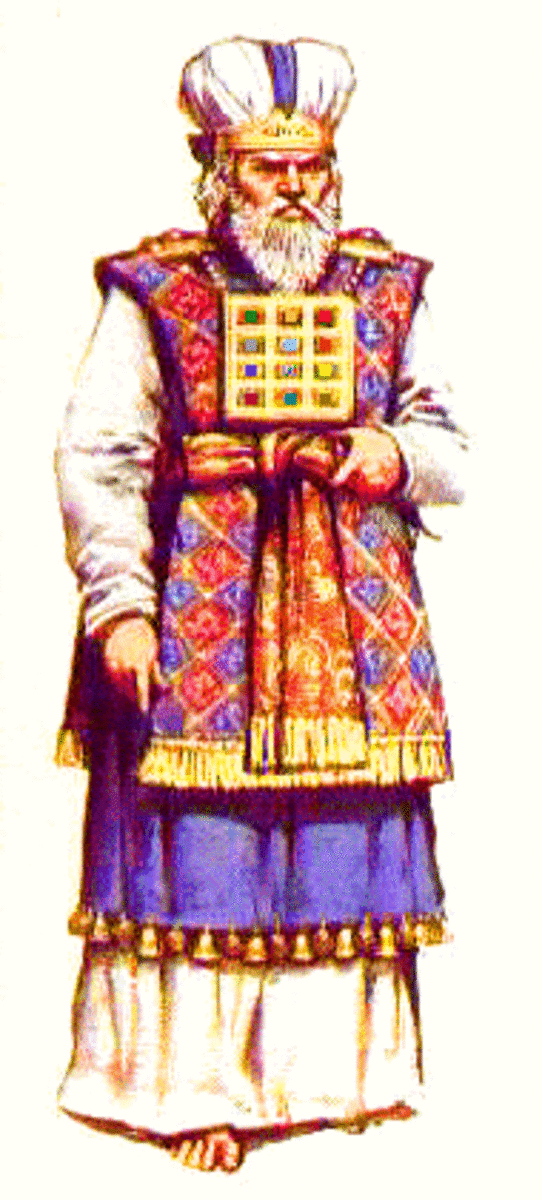
The Chrysoprase or Emerald
The third stone in Aaron's Breastplate, and considered to be the fourth stone of the foundations of New Jerusalem, is the Chrysoprase or Emerald. Some scholars have suggested this stone is the Carbuncle. However, it appears the word Carbuncle refers more to the style of cut than to the gem itself. Most sources say this third stone of Aaron's Breastplate was of a greenish hue, although occasional sources suggest the burnt red of the fourth stone instead. Our discussion then, will center around the Chrysoprase or Emerald instead.
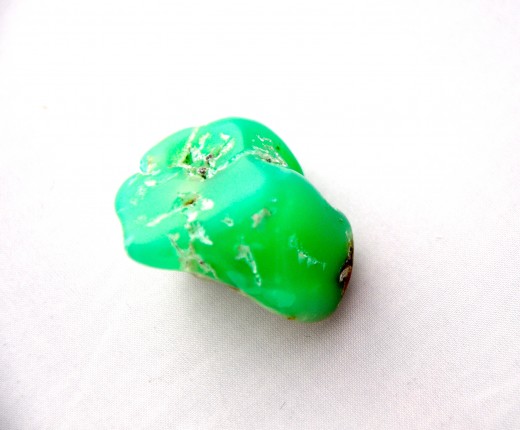
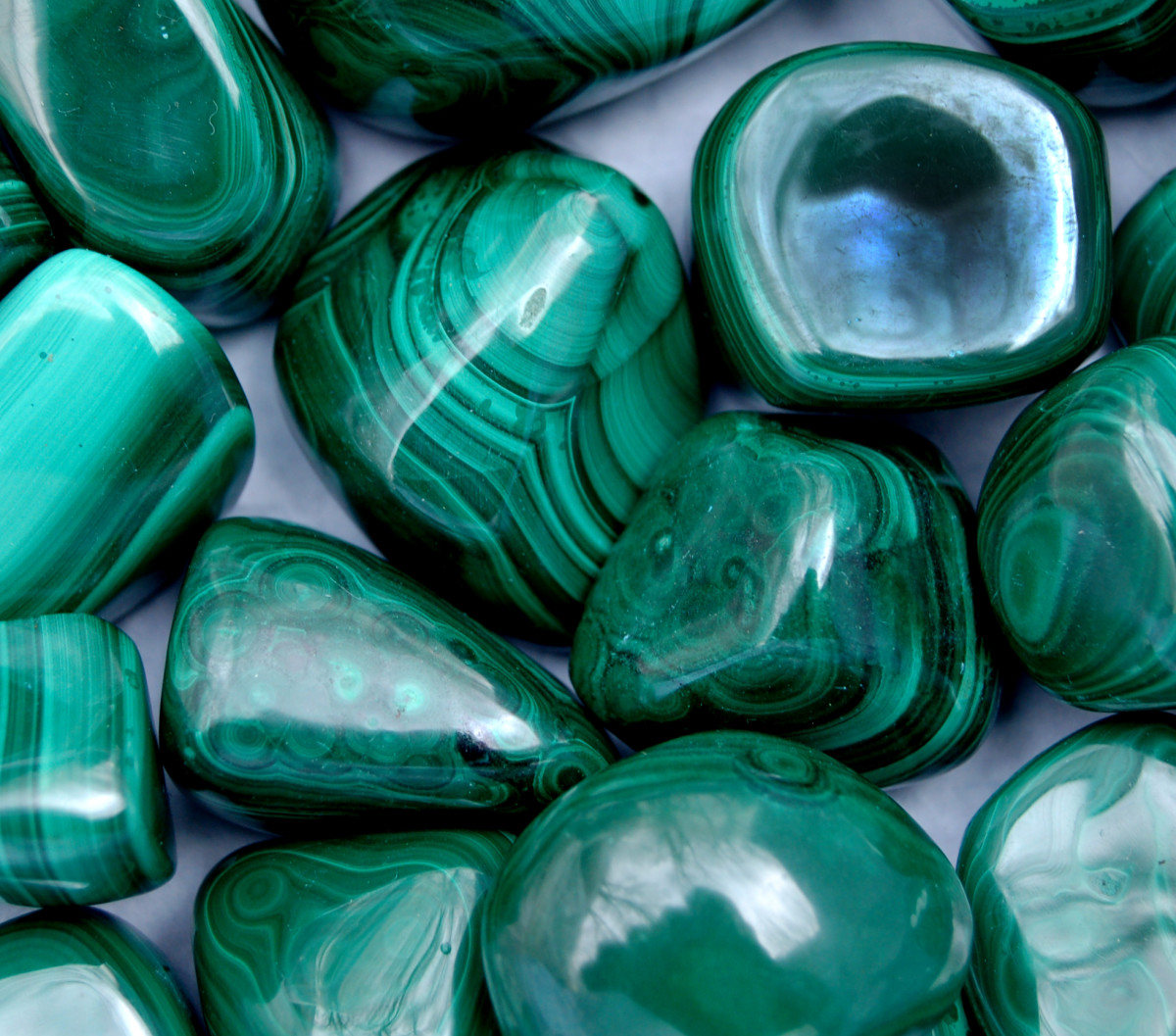
Sources and Research
Make-up and Characteristics
Similarities between these stones exist primarily in colour and hardness, and perhaps in shape if they had been cut in the Carbuncle manner, which is to say, a rounded, roughly squarish/rectangle cut. Both the Chrysoprase and Emerald range from pale green to darker greens depending on the level of Chromium(Emerald) or Nickel(Chrysoprase) found in each. An interesting note about Chrysoprase occurs in a book written in 1904:
"On exposing a natural chrysoprase to light or heat its colour be comes paler, though this may be restored by placing the stone in a damp medium. It is surprising that the colour of the natural gem should be susceptible to the action of light and heat, whilst the artificial product is quite unaffected." (Precious Stones, by Max Bauer; trans. L. J. Spencer, 1904.)
Both stones are said to have a hardness between 6 and 7, or even 7.5 for the Emerald, placing them in the middle of the Mohs Scale of Hardness. See the link provided for this scale. This rating places them in the middle of the scale, suggesting they are much softer than harder gems such as the diamond, which is the hardest of all.
While this author did not find locales where the Chrysoprase may have originated, the Emerald was well-known to be mined in Upper Egypt for many centuries, with some mines being reopened for a time in the 1800's. Once again we see where the Hebrews obtained their jewels that God would pronounce use for in Temple Worship and Ceremony.
The yellowish-green and light-affected nature of the Chrysoprase as noted by Max Bauer above, confirs with other writings by Rabbinical sources that believed when this stone was in artificial light, it took on the colour of flaming red with yellow flashes through it, earning it the name "Lightning Stone" as the Hebrew word for this third stone indicates: "Baraketh". By day it was said that this stone took on an amber (greenish-yellow) hue. It is felt then, that this is what Paul was referring to when he called Christ the Morning Star. See another discussion of this stone in the links provided.
Levi and Thaddaeus - - Associations with the Stone
The Tribe most commonly associated with this stone is Levi. Levi's name means "attached" or "joined to". As we know from the Scriptures, Levi was the tribe chosen to serve in the Temple as priests to perform the work of the Temple and minister God's Word to the nation of Israel. It is commonly accepted that the colour green stands for Life in both Christian, Jewish, and many secular circles. Any time we see the green grass grow, the green tree sprout it's leaves, and the green stems of the flowers coming up out of the earth, we know Spring has sprung and we hold celebrations of life, typically around Easter time or the time of the Spring Equinox. So it is said that this stone was a type of the Life to come, and the Judgement so immediately upon our heads. When out of the Light of God, this stone's darker, fiery and flashing features come forth, but when in the Light of God, the softer greenish-yellow comes forth. The Levite tribe was "joined to the altar" so to speak, with the High Priest in both role and appearance, taking on a type of who Christ is and what He came to do for mankind. In Christ, we have life and life eternal. Away from Christ, we live in darkness and face terrible and eternal judgement.
The apostle generally associated with this stone is Thaddaeus. Thaddaeus is generally associated with "Judas, not Iscariot" in the Gospels, and according to sources, the use of the surname Thaddaeus was preferable to the name Judas due to Iscariot's betrayal of Christ.
The various names ascribed to Thaddaeus give a string of interesting meanings:
Thaddaeus
| "Gift of God" in Greek
| or "Breast" in Hebrew
|
Lebbaeus
| "Heart or Courageous"
| |
Judas
| a Greek derivative of the Hebrew Judah
| "Praise Yahweh"
|
Judas Thaddaeus would then mean: Praise Yahweh for the Gift of God.
The source used for this information remarks that Iscariot means "the men of the city" in Hebrew, causing the author to comment that "Judas, not Iscariot" would read "Praise Yahweh, but not from the men of the city"
In light of our desired discussion, this is very interesting. We may not know much about this particular Apostle from either Scripture or historical records, but his name alone, in combination with the Tribe of Israel being associated with the properties of this stone in Aaron's Breastplate offers insight. As noted already, the Tribe of Levi was set apart to serve in the Temple. They were not given land when the Hebrews entered Canaan either. They truly were not "men of the city". They were men of the Temple. Their service pointed to the eventual gift of God as prophecied by the Prophets. The "Gift of God" of course, is the gift of Salvation offered through Jesus Christ, granting us eternal life with Him in Heaven, avoiding the terrible judgements brought on our own heads through refusal to accept this gift.
So in Thaddaeus's name, we see both the meaning of the stone's colours, and the service of Levi all wrapped up into one name!
This Little Light of Mine
What does that mean for the Bride of Christ?
The Bride of Christ is to live in the Light. By living in the Light, we offer hope to the world around us, shining forth the life-giving Light of God upon a darkened world. Failure to live in the Light means living in death and in danger of eternal judgement. Scripture states that those who love the Light will come into the Light, but that those who love their evil deeds will avoid the Light at all costs, lest their deeds be exposed for what they are. The Bride of Christ received the Great Commission, and is not to hide her light under a bowl, but be set out on a hill for all to see.
Today we Focused on the Third Row
Hebrew
| Greek
| Septuagint
| King James
| Breastplate Stone
| Foundation Stone
| Color
| Tribe
| Apostle
|
|---|---|---|---|---|---|---|---|---|
Odem
| sardius/Carnelian
| Sardius
| Sardius
| Ruby
| Sard
| Red
| Reuben
| Philip
|
Pitdah
| Topaz
| Topaz
| Topaz
| Topaz
| Topaz
| Tan
| Simeon
| Matthew
|
Bareketh
| Emerald
| Emerald
| Carbuncle (Garnet)
| Peridot
| Chrysoprase
| Yellow green (Golden)
| Levi
| Thaddaeus
|
© 2013 Marilynn Dawson


